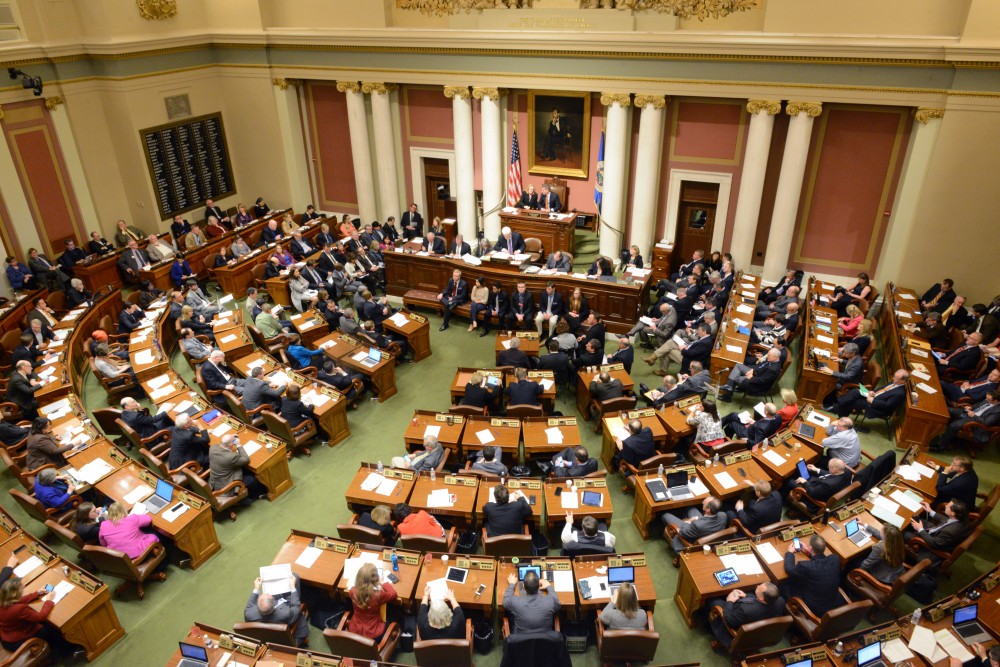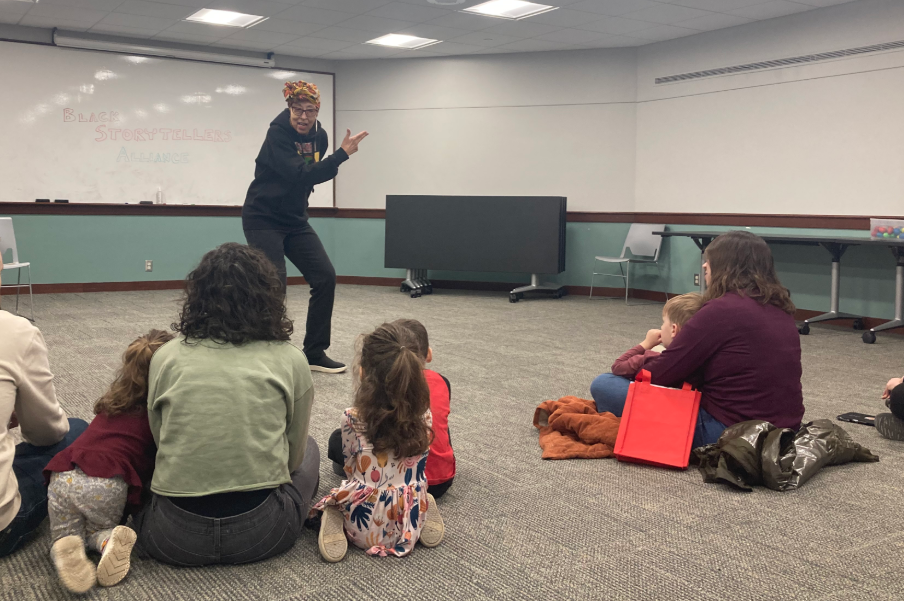Student Representatives to the Board of Regents called on the University of Minnesota to disaggregate student data, which currently doesn’t distinguish ethnic subgroups.
In a presentation of its annual report to regents late last month, representatives said more specific data on the racial and ethnic background of University students would lead to a better understanding of the student body. They recommended that the University start asking for more specific demographic information of its students.
Since the University’s current data only broadly accounts for race, it doesn’t accurately represent the entire student body, student leaders say.
“This topic was really about uncovering trends that we might not be able to see otherwise,” said Mike Kenyanya, vice chair of the student representatives. “Disaggregated race data must be put to use to help attract and attain students of color.”
Student leaders say the current aggregation method masks trends and makes it tougher to address the state’s educational achievement gap.
The University could use the data to see which specific populations might need additional support, according to the representatives’ report.
For example, the Minnesota Office of Higher Education reported that 65 percent of Asians in the U.S. have received higher education. Accounting for ethnic subgroups, around 35 percent of Hmong and Laotian people and 50 percent of Vietnamese people have received higher education.
Minnesota has one of the highest education achievement gaps the nation. The U.S. Department of Education provided an $836,000 grant to Minnesota to disaggregate the data on the K-12 level.
Former U.S. Education Secretary John King Jr. announced the Asian American Pacific Islander Data Disaggregation Initiative, which gathers information on the sub-communities that are usually categorized in general as Asians.
The University of California system also recently disaggregated its race data.
The federal government requires that universities collect ethnicity data, though it doesn’t mandate that schools report more races than white, black, Asian, American Indian or Alaska Native, and Native Hawaiian or other Pacific Islander.







